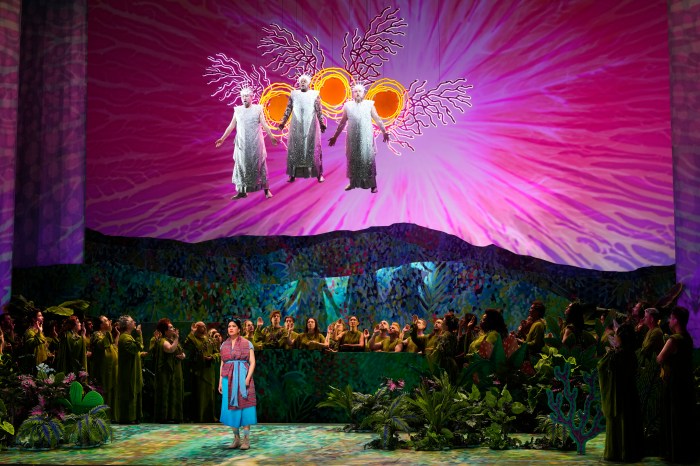A coffee-table book of crime scene photos from the early 20th century may not be most people’s cup of tea — the book’s own dust jacket write-up says as much. But somehow, “Murder in the City: New York, 1910-1920” ($35, out now), by Wilfried Kaute, manages to be part macabre art book, and part photographic history of a mostly forgotten era in the city’s history.
During renovations of the former NYPD headquarters, hundreds of long-forgotten glass-plate negatives were found in a small storage room. The photos were mainly of homicide scenes, and were to be used by detectives. According to police rules, once officers were done with the photos, they were to be dumped in the Hudson River. Other photos include mug shots and weapons, but the most impressive ones are simply scenes of everyday life.
Familiar views of lower Manhattan somehow look unfamiliar. Long, black elevated train tracks swerve past a Brooklyn Bridge nearly devoid of car traffic. Ads painted on the sides of buildings promote long-gone products like Lillianette 10-cent cigars and Goodwin corsets. Streets teem with horse-drawn carriages, streetcars and open-top two-seater cars.
As for the sometimes disturbing crime scene images, looking at photos of random dead people from 100 years ago is a bit ghoulish, but not altogether uncomfortable. The unease comes when Kaute includes newspaper accounts of some of the murders that run with photos of the actual dead person. Reading the headline “Found Slain After Argument,” from the Oct. 21, 1915, edition of The Evening World — a tale that recounts John Rodgers’ murder in a stairwell at 88 W. 134th St. — isn’t that unsettling in itself. But seeing the photo of Rodgers lying on the floor of the stairwell, his left arm folded over his body and a pool of blood under his head, caused by a fractured skull, makes the murder feel personal. Being able to put names to faces, and knowing where these awful crimes took place, can make for some squirm-inducing moments.
On the other hand — considering these photos were never intended to be seen by the public, and were all taken by untrained engineers, firemen or cops — some of the images are museum-quality beauties. The juxtaposition of the bodies of Robert Green and Jacob Jagendorf, two unlucky thieves who fell down an open elevator shaft while robbing the Wearwell Waist Co. on Nov. 24, 1915, could not be more perfect if they were placed that way on purpose. There is no gore, no sign of violence, he could just as easily be taking a nap.
Is “Murder in the City” going to appeal to everyone? Of course not. For many of us, murder is a case of if-I-don’t-see-it-I’m-not-affected-by-it. But that doesn’t mean it doesn’t happen. For our city’s Finest and Bravest, unfortunately, murder can be something they have to deal with daily. They can’t forget that, and neither should we. Considering none of these photos were ever supposed to see the light of day, Kaute should be applauded for adding them to the historical register in a tasteful, non-exploitative manner.

















